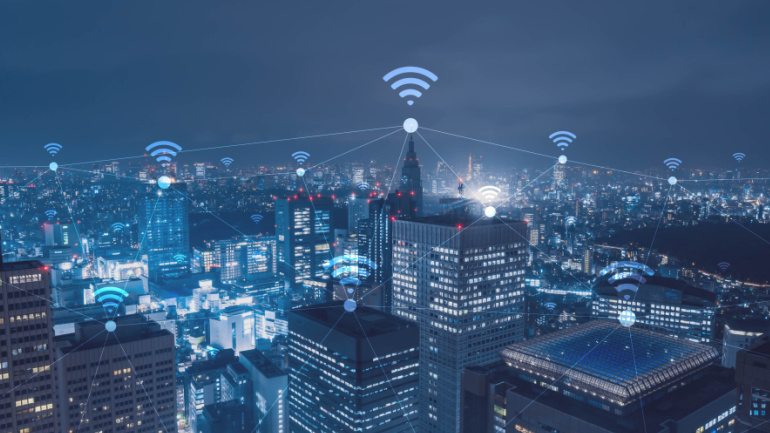
Telecommunications advancements are continuously pushing the envelope of technology, specifically in the 5G and 5.5G domain. Eric Zhao, President of Huawei Antenna Business Unit, recently expounded on the pivotal role of antennas in operators’ success at the Global Mobile Broadband Forum in Dubai.
The event emphasized the actualization of 5.5G technology. In this context, Eric Zhao asserted that efficient realization of this technology necessitates a robust R&D drive aimed at enhancing antenna performance. The focus should be on addressing obstacles associated with deployment, energy consumption, and operations and maintenance (O&M).
“Our objective is to enhance user experience by improving downlink throughput and strengthening uplink capabilities.” Eric stated. “We aspire to assist telecoms to aggregate more frequency bands and networking modes through the upcoming wave of antenna deployment.”
In alignment with this idea, Huawei has been focusing on how antennas can serve network performance, assist operators in reaching their network deployment goals, and elevate network O&M efficiency. The company has set three crucial targets: unrestricted deployment, no signal loss and ‘zero touch’ O&M.
Elucidating the first goal, Eric highlighted the need for more advanced wireless technologies and more frequency bands in the future, requiring increased integration of antenna equipment and innovation in antenna form factors given limited site space.
‘Reducing signal loss’ revolves around minimizing the loss and maximizing the efficiency of Radio Frequency (RF) transmission between base stations and user equipment devices. This would lead to energy-efficient ‘greener’ networks offering superior performance, Eric added.
‘Zero touch’, the third goal, targets eliminating the need for physical site visits by engineers or technicians, aiming at achieving network optimization through remote antenna adjustment.
Huawei has already made tangible strides in all these areas. To illustrate, in 2019, Huawei integrated active and passive antennas to support a wide spectrum. This solution aids operators in overcoming site space limitations, trimming deployment costs, and quickening the deployment of additional massive MIMO supported by 5G frequency bands.
As for ‘zero loss’, Huawei has already reached an antenna energy efficiency level close to the theoretical maximum. In 2021, Huawei introduced the Green Sky Program intending to create an industry benchmark for green development.
Even though ‘zero touch’ is a formidable challenge, Huawei has made some headway in enhancing O&M. The company aims to digitize its antennas for remote control, enhancing network performance.
In furtherance of this goal, Huawei introduced the Marconi antenna platform enabling remote azimuth steering. Traditional antenna platforms allowed only for the remote adjustment of the downtilt.
Moreover, the Marconi antenna platform offers a cylindrical design reducing wind loads and in turn, making deployment easier, faster and cheaper. It also potentially has an environmental edge by decreasing the necessity for steelwork at sites.
Eric maintains that owing to Huawei’s R&D efforts, antennas have now evolved into an integral part of wireless networks. Huawei plans to continue encouraging the integration of antennas with wireless networks to ensure synchronized evolution and improved customer service.




